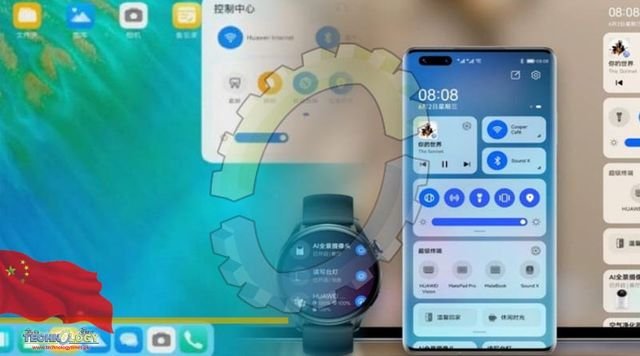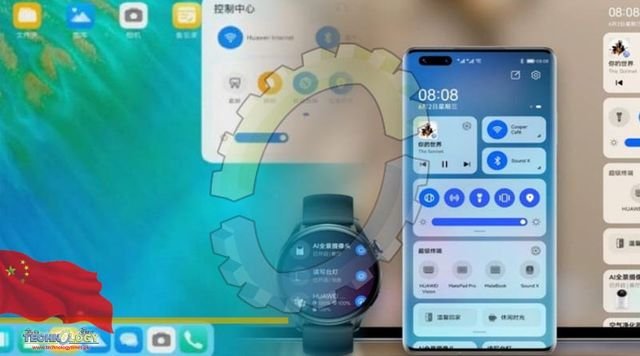Independent of HarmonyOS, which HUAWEI distributes to mobile devices, there is the OpenHarmony operating system, which does not contain Android source codes.

HUAWEI has been developing its own operating system independently of Android since 2019. Until 2020, there were only leaks, and then began the development of HarmonyOS 2.0, which was gradually rolled out to users. The problems with the US government and the resulting embargoes encourage HUAWEI to produce its own solutions. OpenHarmony, the core of HarmonyOS, is, as the name suggests, open source and continues to be developed.
Open-source HarmonyOS has been used for a long time. HUAWEI’s current smartwatch models use a customized version of OpenHarmony. The HUAWEI Watch 3 series features the Android-based HarmonyOS, APK applications can be installed on this model using third-party tools. The HUAWEI Watch GT 3 series, on the other hand, has a HarmonyOS that is very similar to the HarmonyOS on the Watch 3, but is completely independent of Android, it works with the LiteOS kernel.
The Android-based HarmonyOS, which is used in smartphones, tablets and smartwatches includes OpenHarmony. The HUAWEI P50 series, for example, comes with the Android 11-based HarmonyOS 2.0.1. Even if you download and extract the phone’s software, you will not find any HarmonyOS things. The Open-source HarmonyOS codes are outside the Android partition.
To find out if HarmonyOS with Android 11 has the OpenHarmony runtime environment, it is quite easy: a simple app called oh_info shows device model, OpenHarmony version, API level and more.
It is not known where the application named “oh_info”, which displays the details of the OpenHarmony on device, came from. It is not that has been officially released by HUAWEI, but it is an application that is estimated to have been leaked from HUAWEI testers. Versions 1.0, 1.1 and 2.0 of OpenHarmony are development versions and not much is known about them. However, in OpenHarmony 2.2 and beyond, there have been serious changes.
The latest version, Open Harmony 3.1, offers many new features compared to previous versions. Earlier versions are intended for iOT devices and are pretty useless for end users. With version 3.1, serious changes and innovations have been made to the user interface, which is now more useful and beautiful. The system interface now supports tablet and phone screen formats. The control panel has been improved and given a new look. The design of the widgets also resembles the Android-based HarmonyOS.
In addition to HarmonyOS being used in smartphones and tablets, the open source HarmonyOS subsystem brought support for Harmony application packages. Application packages ending in “.hap” and “.app” are not used worldwide, but their development in China has increased greatly. Some Chinese app developers have started to adopt the new app extension and upload “.hap” apps in HUAWEI AppGallery
Source: This news is originally published by xiaomiui
